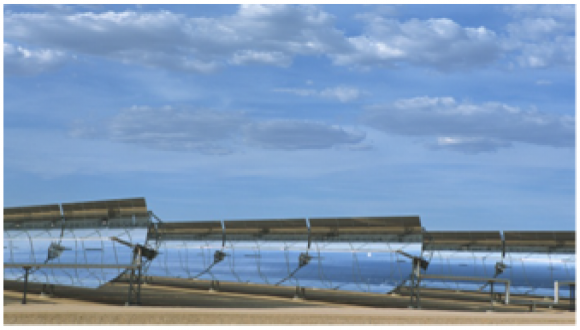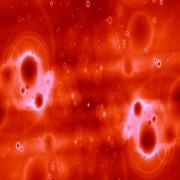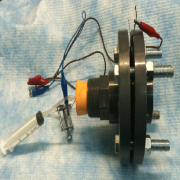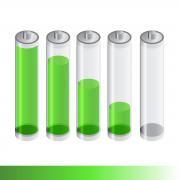Synchronverters - grid-friendly inverters for distributed generation, storage and DC transmission lines.
Many government strategies have been set to explore renewable energy sources, such as wind and solar power, to lead to a low carbon economy. The efficiency of these power supplies is the highest if the maximum power from the available sources is extracted, which is then often fed into thegrid via inverters. However, when the share of the electricity generated from these sources reaches a certain level, this will no longer be tenable, as the inverters used nowadays cannot take part in the regulation of power system frequency and voltage and in maintaining overall system stability.
Opportunity
The SSG (static synchronous generators) technology allows inverters to behave in the same way as conventional large synchronous generators and, hence, these inverters are grid‐friendly. These grid‐friendly inverters can take part in the regulation of power system frequency and voltage and in maintaining overall system stability. This removes the barrier/obstacle that prevents a large share of renewable energy sources from connecting to the grid.
Technology
The technology exploits the principle and characteristics of synchronous generators. The grid‐friendly inverters are operated according to the mathematical model of conventional synchronous generators, of which the operational principles, such as synchronisation, frequency drooping and voltage drooping, are also implemented. A grid‐friendly inverter can work in grid‐connected mode and island mode. When it is connected to the grid, the real power and reactive power sent tothe grid can be regulated in two ways: one is to respond to the instructions of the grid operator and the other is to change the real/reactive power automatically, in responding to the variation of grid frequency and voltage, according to the pre‐set frequency/voltage drooping.







